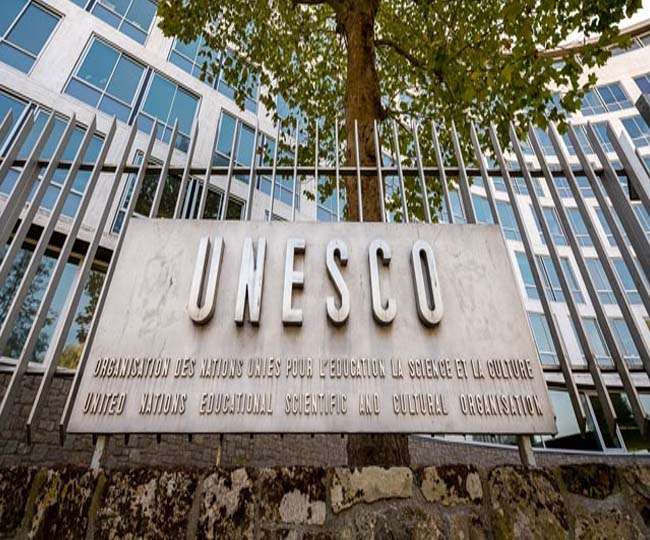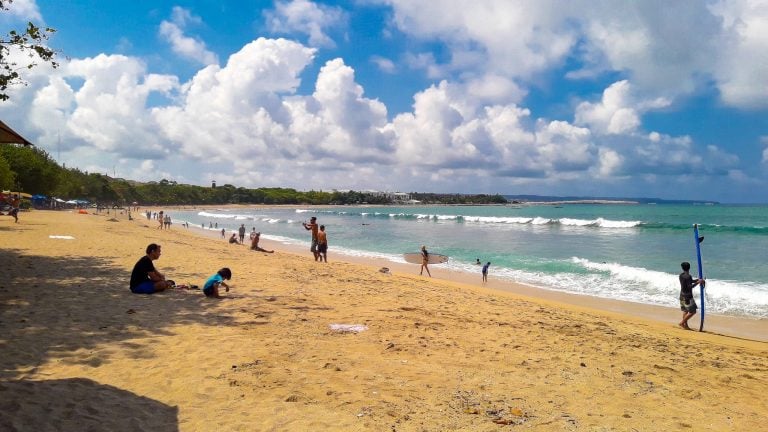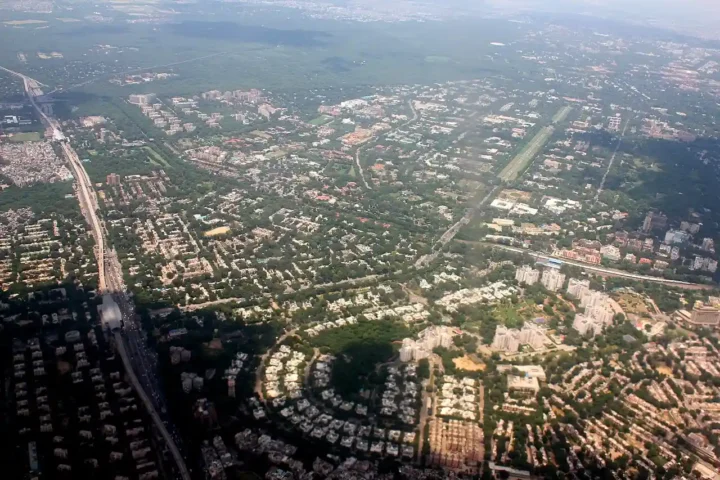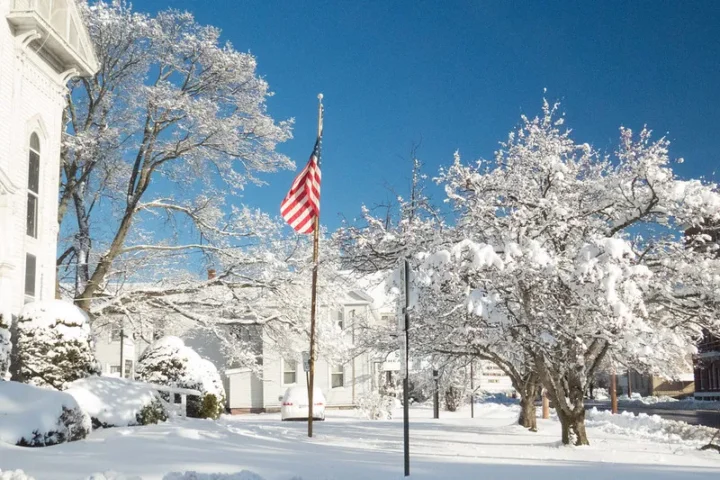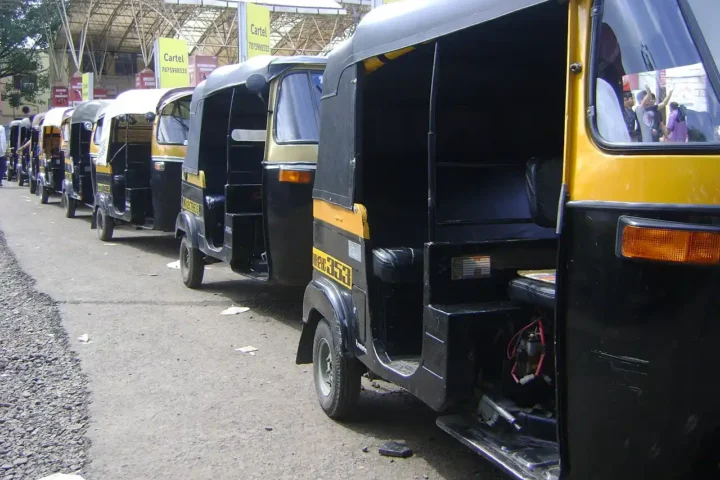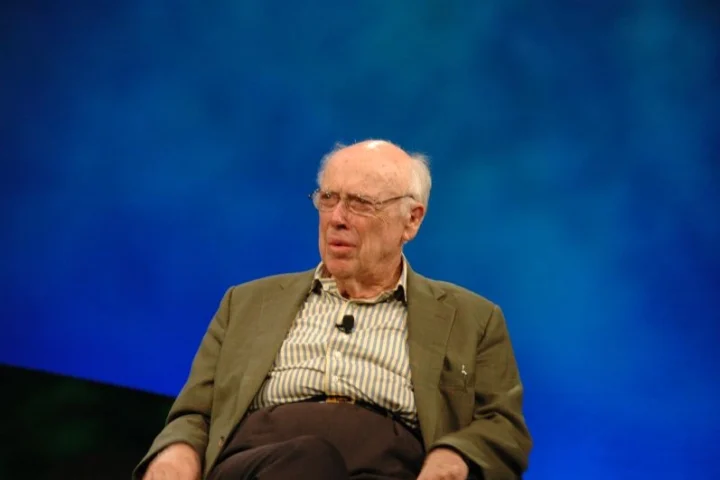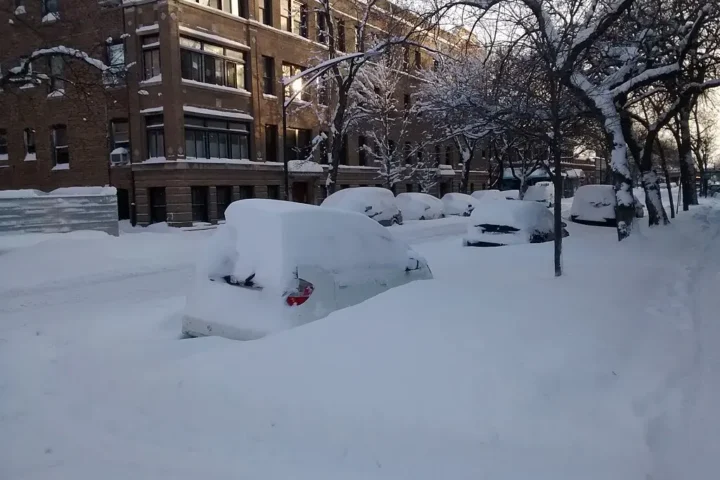The Department of Education has temporarily suspended forgiveness under the Income-Based Repayment (IBR) program, affecting thousands of borrowers who may have reached their 20 or 25-year forgiveness thresholds. The department cites system updates related to court injunctions as the reason for the pause, despite IBR not being directly blocked by courts. Borrowers who expected loan cancellation now face continued payments and uncertainty about when relief will resume.
What Is IBR and How Does Forgiveness Work?
Income-Based Repayment (IBR) is a federal student loan repayment plan established by Congress that calculates monthly payments based on income and family size. After making payments for either 20 years (for new borrowers after July 1, 2014) or 25 years (for earlier borrowers), remaining loan balances qualify for forgiveness.
Unlike newer plans such as SAVE (Saving on a Valuable Education) and PAYE (Pay As You Earn) which were created through regulatory action and are currently blocked by court injunctions, IBR—and the older Income-Contingent Repayment (ICR) plan—were enacted by Congress, giving them explicit statutory authority.
The Sudden Pause
In July 2025, the Department of Education confirmed it had paused processing IBR forgiveness while updating its systems. According to multiple sources, the stoppage actually began around mid-April to May 2025, though borrowers were not immediately notified.
The department stated the pause is necessary to accurately count qualifying months not affected by recent court injunctions against other repayment plans. Unlike the SAVE plan which was directly blocked by the 8th Circuit Court, IBR forgiveness itself has not been subject to any court order stopping its implementation.
Federal Student Aid’s website notes: “While we update our systems to accurately track and count qualifying months toward forgiveness that are not impacted by the injunction, we are temporarily unable to process forgiveness under IBR.”
Legal Status vs. Administrative Decision
The pause on IBR forgiveness represents an administrative decision rather than a legal requirement. Court injunctions have specifically targeted the SAVE plan and other regulatory-created repayment options, but not IBR, which maintains its Congressional authorization.
The department’s connection between the injunctions and IBR processing stems from technical considerations about how payment months are counted across different plans. Since many borrowers have switched between plans, the department claims it needs to update its systems to ensure accurate tracking of qualifying payments.
This distinction has caused confusion among borrowers, with many questioning why a program not directly affected by court orders has been suspended.
Impact on Borrowers
Borrowers who have reached or are approaching their 20/25-year forgiveness thresholds face several challenges:
- Continued payments: Borrowers who have hit their forgiveness threshold must continue making payments or request an administrative forbearance.
- Interest accrual: Interest continues to accumulate during this administrative pause.
- Processing backlog: Over 1.5 million pending IDR applications exist as of June 30, 2025, according to federal guidance shared by Massachusetts.
- Plan migration: Approximately 160,000 borrowers moved from SAVE to IBR between October 2024 and March 2025 seeking more stable relief options.
Betsy Mayotte from the Institute of Student Loan Advisors has stated, “Since Congress wrote IBR and its loan forgiveness into federal law, it is unlikely to be unraveled.”
What Borrowers Should Do Now
Borrowers affected by the IBR pause should take several steps:
- Contact your loan servicer to confirm your status and options.
- Consider requesting an administrative forbearance if payments are causing financial hardship.
- Keep detailed records of all qualifying payments and communications with servicers.
- Check if you’re eligible for refunds of any payments made after reaching forgiveness thresholds once processing resumes.
- Monitor studentaid.gov for updates on system modifications and processing timelines.
Scott Buchanan of the Student Loan Servicing Alliance has called IBR “the best plan for almost everyone” given the litigation surrounding other IDR options.
The Broader Context
The IBR pause occurs amid significant changes in federal student loan repayment:
- The “One Big Beautiful Bill Act” signed in July 2025 will phase out several older IDR plans by 2028, implementing a new Repayment Assistance Plan (RAP) with 30-year forgiveness terms.
- SAVE plan interest is scheduled to resume accruing in August 2025 for borrowers in forbearance.
- The Department of Education faces a processing backlog affecting various loan forgiveness programs, with federal guidance reporting 60-90 day wait times for application processing.
Natalia Abrams from the Student Debt Crisis Center states, “The removal of application options hurts financially strained borrowers who need relief most. Many borrowers who counted on forgiveness now face additional months of payments they hadn’t budgeted for.”
What Next?
The Department of Education has not provided a specific timeline for when IBR forgiveness processing will resume. The department indicates the system updates are ongoing, with no firm completion date announced.
Borrowers who believe they qualify for forgiveness should continue monitoring official channels, maintain contact with their loan servicers, and consider reaching out to their congressional representatives or state Attorney General’s office if facing financial hardship due to the delay.
Those making payments beyond their forgiveness threshold should document all payments carefully, as these may be eligible for refunds once processing resumes.
The temporary pause on IBR forgiveness adds another layer of complexity to the student loan landscape. Borrowers can access the latest information through studentaid.gov or by calling 1-800-433-3243 for federal student aid assistance.


